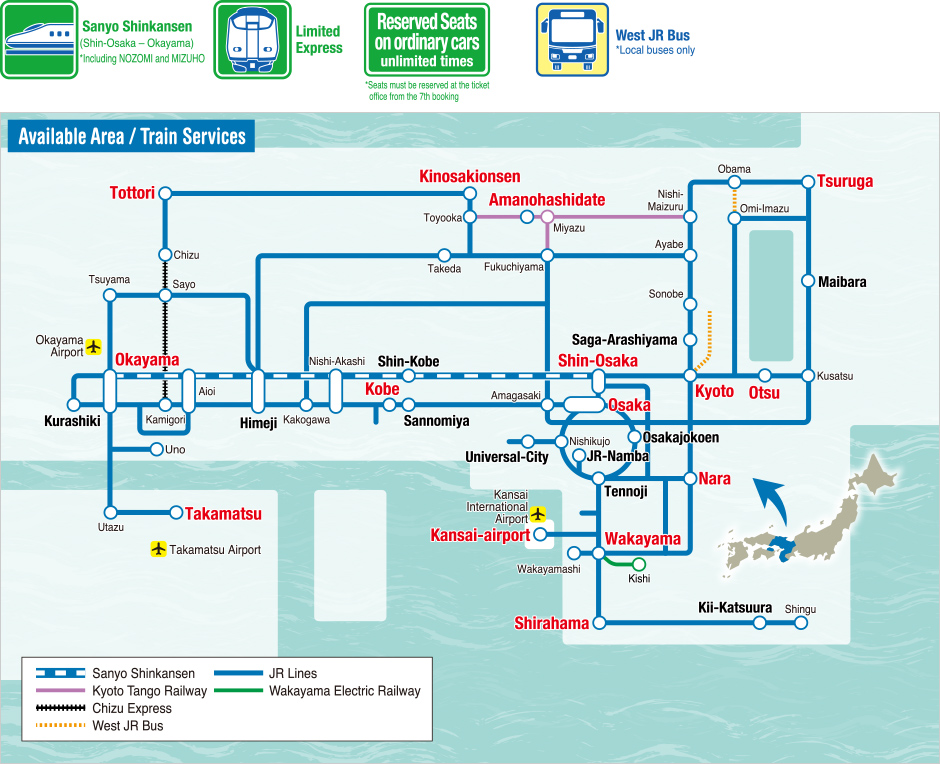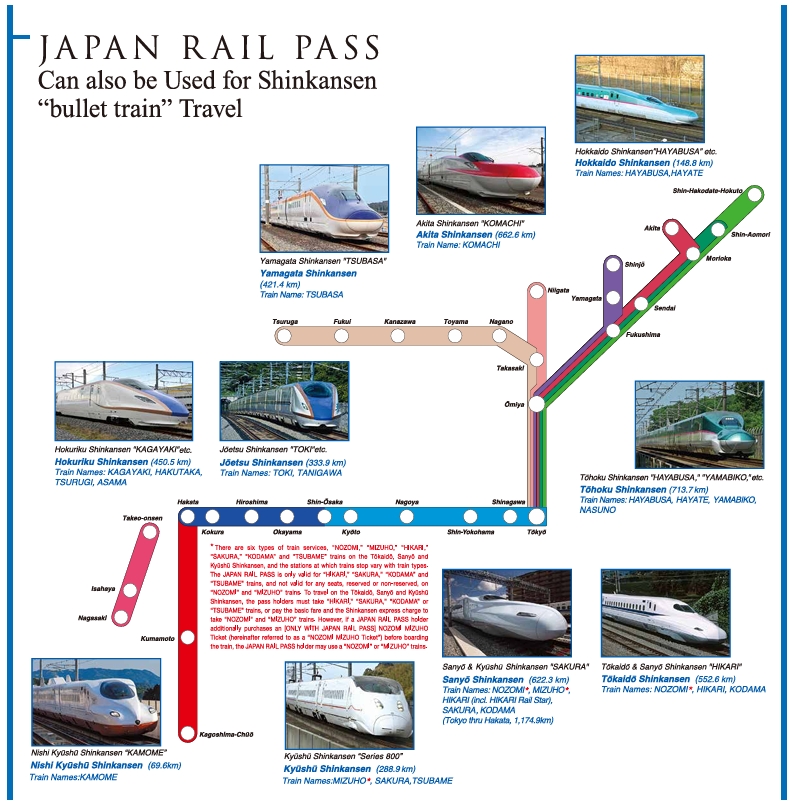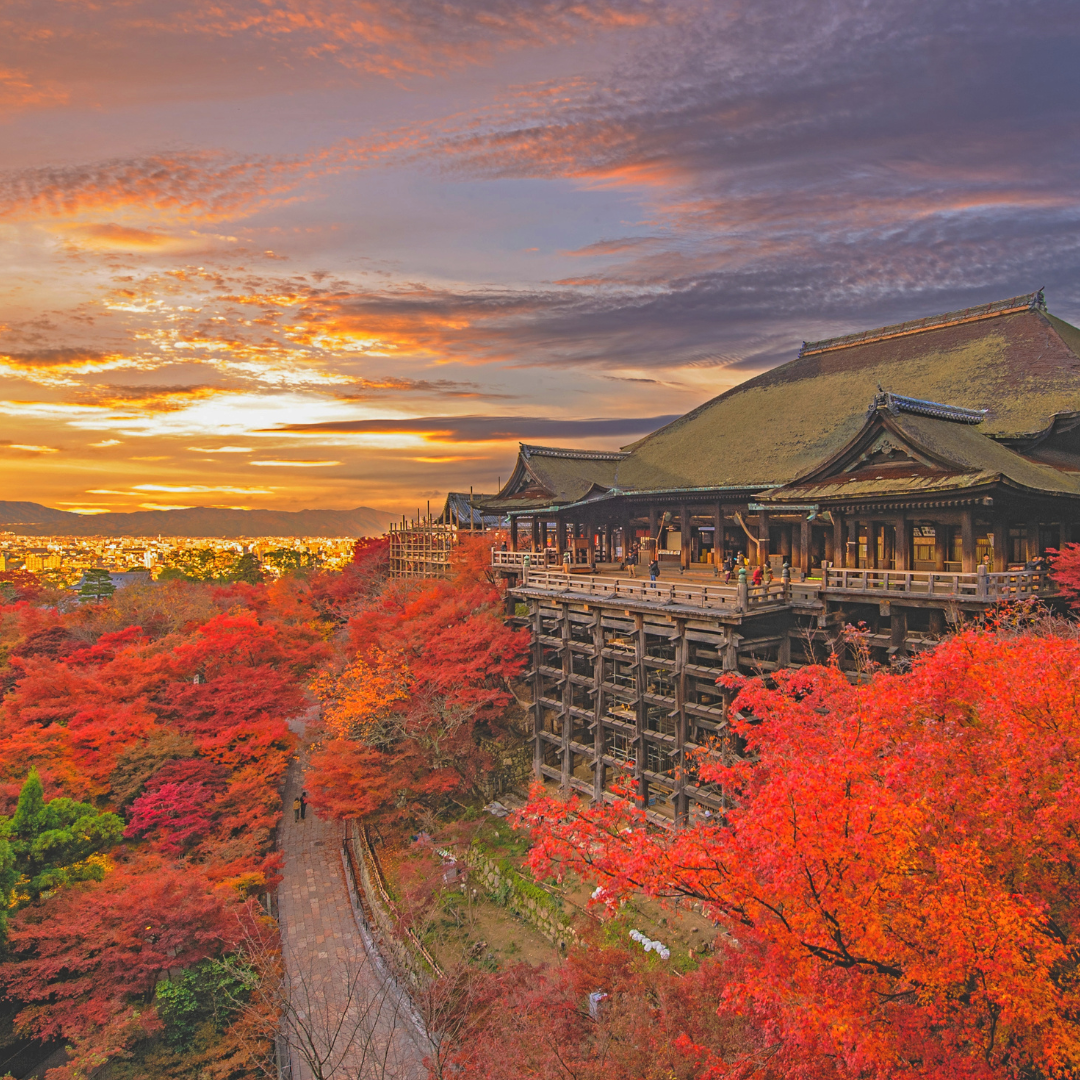When planning a trip to Japan, especially if you’re exploring the Kansai region or traveling across multiple regions, choosing the right rail pass can save you a significant amount of money and make your journey smoother. Two popular options are the Kansai Wide Area Pass and the Japan Rail Pass (JR Pass). But which one is better for your itinerary?
In this article, we’ll break down the differences between the Kansai Wide Area Pass and the JR Pass, covering their coverage areas, prices, restrictions, and best use cases to help you make an informed decision.
What Is the Kansai Wide Area Pass?
The Kansai Wide Area Pass is a regional rail pass offered by JR West, specifically designed for travelers exploring the Kansai region and surrounding areas. It offers unlimited rides on JR trains (including certain Shinkansen lines) within the designated area for 5 consecutive days.
Coverage Area:

The Kansai Wide Area Pass covers:
- Osaka
- Kyoto
- Nara
- Kobe
- Himeji
- Okayama
- Kinosaki Onsen
- Tottori
- Shirahama
- Wakayama
- Kurashiki
- And even parts of Shikoku (e.g., Takamatsu)
You can ride the Sanyo Shinkansen (between Shin-Osaka and Okayama, including Nozomi/Mizuho excluded) and limited express trains like the Haruka Airport Express (to/from Kansai International Airport).
Price:
5-day pass: ¥12,000 (adult)
Child price (age 6-11): Half of the adult fare.
What Is the Japan Rail Pass (JR Pass)?
The Japan Rail Pass, often referred to as the JR Pass, is a nationwide pass valid on all JR trains throughtout Japan, including most Shinkansen, limited express, rapid, and local trains operated by JR Group.
Coverage Area:

- Tokyo
- Kyoto
- Osaka
- Hiroshima
- Sapporo
- Fukuoka
- Nagano
- Hokkaido
- Kyushu
- Shikoku
- And more.
You can use almost all Shinkansen (except Nozomi and Mizuho), and even some JR buses and ferries (like the Miyajima ferry in Hiroshima).
Price (as of 2024/2025 after price revision):
- 7-day pass:¥50,000+
- 14-day pass:¥80,000+
- 21-day pass:¥100,000+
Price vary slightly depending on purchase location and class (Ordinary vs Green Car).
Kansai Wide Area Pass vs JR Pass: Key Differences
| Feature | Kansai Wide Area Pass | Japan Rail Pass |
| Coverage | Kansai region + surroundings | Nationwide |
| Validity Period | 5 consecutive days | 7, 14, or 21 consecutive days |
| Price(adult) | ¥12,000 (5 days) | Starts from ¥50,000 (7 days) |
| Airport Transfers | Includes Kansai Airport to Osaka/Kyoto | Includes all JR-operated airports |
| Shinkansen Access | Sanyo Shinkansen (Shin-Osaka to Okayama) | All major Shinkansen (except Nozomi/Mizuho) |
| Best for | Travelers staying mainly in Kansai | Travelers exploring multiple regions of Japan |
| Reservation Option | Availble | Required for some trains |
| Children Discounts | Yes | No |
Who Should Get the Kansai Wide Area Pass?
The Kansai Wide Area Pass is ideal for:
- Vistiors only staying in Kansai or nearby cities (e.g., Osaka, Kyoto, Kobe, Himeji, Okayama, Wakayama).
- Budget-conscious travelers looking for shorter travel distances.
- Those wanting to explore hidden gems like Kinosaki Onsen, Tottori Sand Dunes, or Kurashiki.
- People who don’t plan to go to Tokyo or other far-off regions.
Example itinerary that makes this pass worth it:
- Day 1 : Osaka → Kyoto
- Day 2 : Kyoto → Himeji
- Day 3 : Himeji → Okayama
- Day 4 : Okayama → Kinosaki Onsen
- Day 5 : Kinosaki → Osaka
Without the pass, these trips would cost well over ¥20,000 – so the ¥12,000 pass pays off quickly.
Who Should Get the Japan Rail Pass?
The JR Pass is better suited for:
- First-time vistiors traveling across multiple regions (e.g., Tokyo, Osaka, Hiroshima, Kyushu, Hokkaido).
- Long-distance travelers looking to visit more than 2 or 3 major cities.
- Tourists who want the flexibility to hop on long-distance trains without worrying about individual ticket costs.
- Those planning to ride the Shinkansen multiple times.
Example itinerary:
- Day 1: Tokyo
- Day 3: Tokyo → Kyoto
- Day 5: Kyoto → Hiroshima
- Day 7: Hiroshima → Osaka
These long Shinkansen rides add up – making the JR Pass a cost-effective option.
Can You Use These Passes from the Airport?
- Kansai Wide Area Pass: Yes – covers Haruka Express between Kansai Airport and Osaka/Kyoto.
- JR Pass: Yes – covers Narita Express (Tokyo), Haruka (Osaka), and more.
Things to Watch Out For
- The Kansai Wide Area Pass is not valid on Nozomi or Mizuho Shinkansen – you’ll need to use Sakura or Hikari.
- The JR Pass has become significantly more expensive as of late 2023, so you need to plan your trips carefully to make it worth the price.
- Both passes are only available to temporary vistiors (tourists) and must be presented with your passport when activating.
Which One Is Right for You?
| Choose Kansai Wide Area Pass if: | Choose JR Pass if: |
| You’ll stay in the Kansai region only | You’ll travel across Japan |
| You want a budget-friendly option | You want maxium flexibility |
| You’ll base yourself in Osaka or Kyoto and take day trips | You’re going from Tokyo to Hiroshima and beyond |
Both passes offer excellent value depending on your itinerary. The key is to map out your travel plans and compare the cost of individual train tickets with the price of the pass. Whichever you choose, Japan’s railway system will take you there comfortably, efficiently, and (with a pass) affordably.
Need help planning your route or deciding which pass to get? Leave a comment below or contact us – we’re happy to help you bulid the perfect Japan travel itinerary!




